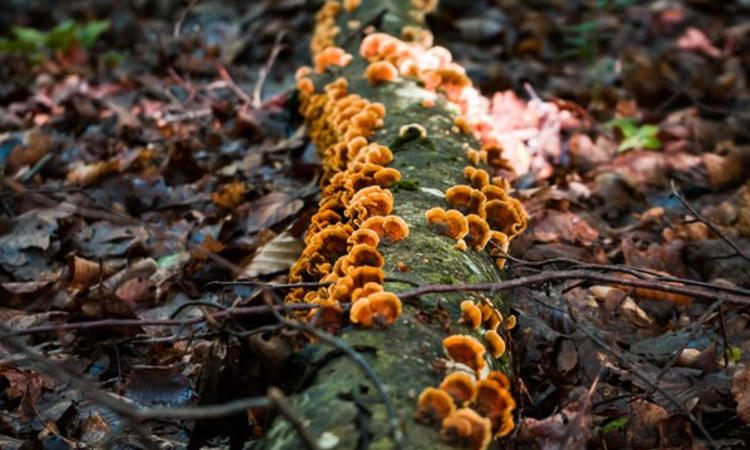The natural world is a complex web of interactions, many of which remain enigmatic to scientists. One such interaction that has recently come to the forefront of ecological research is the communication network between fungi and trees. This symbiotic relationship, while not new to science, has revealed deeper intricacies that are crucial for understanding ecosystem dynamics, especially in the face of the climate crisis.
The Mycorrhizal Network:
Central to the fungi-tree communication is the mycorrhizal network, often dubbed the “Wood Wide Web.” This underground network consists of fungal mycelium that connects individual plants, allowing them to exchange nutrients and information. Mycorrhizal fungi form mutualistic associations with tree roots, where the fungi provide the tree with essential minerals like phosphorus and nitrogen, and in return, receive sugars produced by the tree through photosynthesis.
Significance of the Network:
The fungi-tree communication network is not merely a nutrient exchange system. It’s a sophisticated communication channel where trees can send and receive warning signals about environmental stressors. For instance, when one tree is attacked by pests, it can send signals through the mycorrhizal network, alerting neighboring trees to bolster their defenses.
Climate Crisis and Network Disruption:
Recent research has indicated that the ongoing climate crisis is affecting the fungi-tree communication networks. Rising temperatures, altered precipitation patterns, and increased frequency of extreme weather events can disrupt the delicate balance of this symbiotic relationship. The implications of such disruptions are profound, as they can affect forest health, tree growth, and overall ecosystem stability.
Challenges in Understanding:
Despite its significance, the fungi-tree communication network remains one of the least understood aspects of forest ecology. The underground nature of this network makes it challenging to study directly. Moreover, the vast diversity of fungal species, many of which remain unidentified, adds layers of complexity to the research.
Implications for Conservation:
Understanding the fungi-tree communication network is crucial for conservation efforts. Forests play a pivotal role in regulating the Earth’s climate by acting as carbon sinks. Any disruption in the fungi-tree network can affect the health and productivity of forests, compromising their ability to sequester carbon and thus exacerbating the climate crisis.
Future Research Direction:
There’s an urgent need for more in-depth research into the fungi-tree communication network. Advanced technologies, such as molecular genetics and isotopic tracing, can provide insights into the functioning and resilience of this network. Additionally, long-term ecological studies can shed light on the impact of climate change on these vital interactions.
The fungi-tree communication network is a testament to the intricate and delicate balance of nature. As the climate crisis looms large, understanding and preserving this network becomes paramount. It underscores the interconnectedness of life and serves as a reminder that the health of one organism is often tied to the well-being of another. As we move forward, a deeper appreciation and understanding of such interactions will be pivotal in shaping conservation strategies and ensuring a sustainable future for our planet.
Next On Your Reading List:


